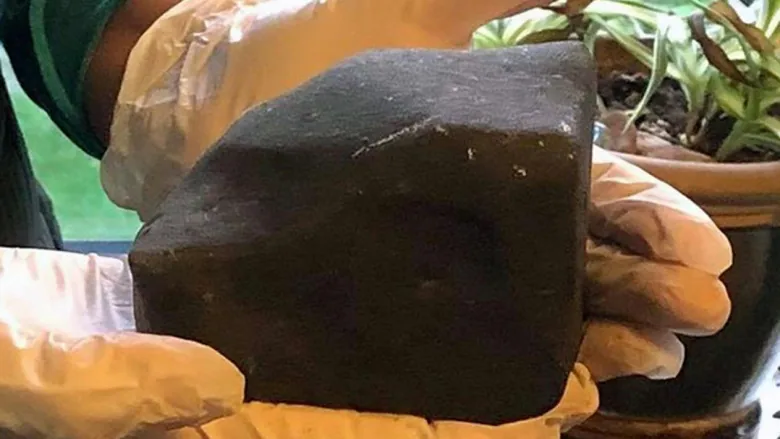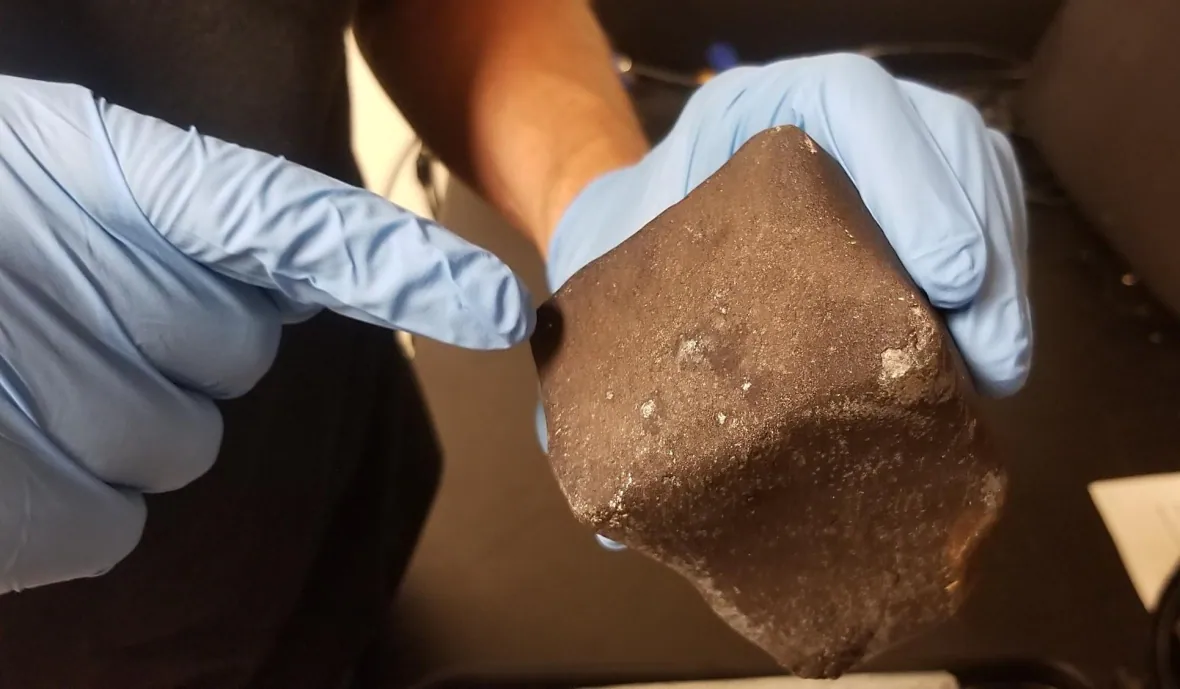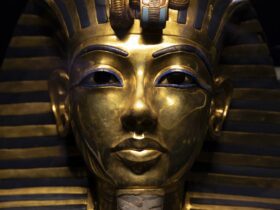Western specialists are investigating a meteorite that became popular after falling into a woman’s bedroom in British Columbia.
The meteorite piece traveled for hundreds of millions of years before landing on the planet. According to Western experts, a meteorite that smashed through a roof and fell inches from the head of a lady in British Columbia is estimated to be around 470 million years old.
When a little charcoal grey rock the size of a pumpkin crashed through Ruth Hamilton’s ceiling and landed between her floral pillows on the night of Oct. 3, she was startled to wake up. Hamilton lives in Golden, British Columbia.
After coming to terms with the frightening experience, Hamilton loaned the rock to Western University’s physics and astronomy department in London, Ont., where researchers worked on mapping the rock’s orbital journey around the sun before it ended up in Hamilton’s bedroom. Hamilton has since returned the rock to Western University.
As associate professor Phil McCausland, who is leading the investigation, explained:
“It was very exciting getting it because any time you see a new meteorite, it’s kind of like Christmas Day.”
Upon closer examination, McCausland discovered that the meteorite is an L chondrite, which is one of the most frequently seen forms of meteorites that have fallen to Earth. What makes Hamilton’s meteorite unique is that it came from a location in the sky that is not common.
A Bizarre Path
According to McCausland, the meteorite has a really fascinating and peculiar orbit.
Based on strong evidence, chondrite meteors are assumed to have originated in the early solar system, but they were damaged to in a catastrophic asteroid breakup event before reaching Earth. As a result, there is a large mass in the asteroid belt that split apart around 470 million years ago, as stated by McCausland.
Since then, a large amount of material has been distributed across the inner solar system, with some of it making its way to Earth. And this is one of those things, at least in the short term.
McCausland noted that the orbits of only a handful of L chondrite meteors have been determined thus far.
In space, cosmic rays contact with the rock and end up irradiating it, resulting in the formation of isotopes that are somewhat active and decay over time, according to the professor. He also noted that we can determine the decay products that are emitted as a result of this, such as gamma rays and other such radiation. This provides us with a better understanding of the rock’s orbital history.
His team is also looking at dashcam and security footage and pictures taken by local photographers who witnessed the fireball incident to rebuild the rock’s flight path, he explained further.
According to Canadian law, the meteor belongs to the person who discovered it – in this case, Ruth Hamilton. She has the option to sell, donate, or retain it.
Meanwhile, McCausland will see to it that a sample is registered with the Meteoritical Society, where it will be made available for future scientific research purposes.














Leave a Reply